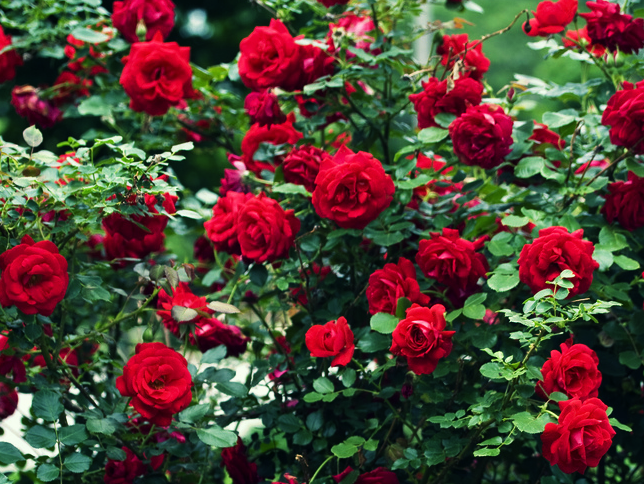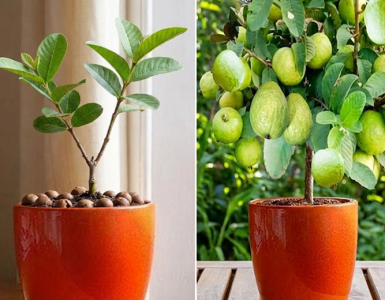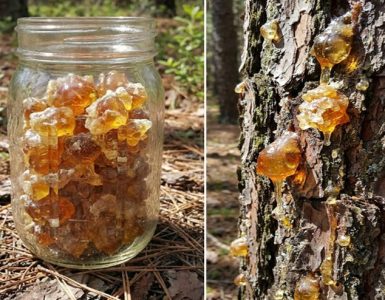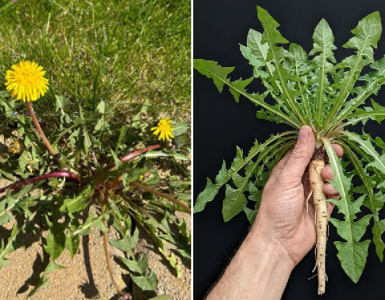Pruning is an essential part of rose bush care. It encourages healthy growth, improves air circulation, shapes the plant, and promotes abundant blooming. Whether you’re a seasoned gardener or a beginner, this guide will walk you through the process of pruning your rose bush.
Why Prune a Rose Bush?
Pruning helps:
Stimulate new growth.
Remove dead or diseased wood.
Shape the plant for better aesthetics and airflow.
Encourage more blooms.
When to Prune a Rose Bush
The timing of pruning largely depends on the type of rose and your climate:
Spring Pruning (Late Winter to Early Spring):
Best time for most roses, especially hybrid teas, floribundas, and grandifloras.
Prune after the last frost but before the plant starts to grow vigorously.
Summer Pruning:
Light pruning can be done to remove spent blooms (deadheading) and tidy up the plant.
Avoid heavy pruning as it may stress the plant during hot months.
Fall Pruning:
Minimal pruning to remove long or unruly canes, mainly for shaping or preparing the plant for winter.
Tools You’ll Need
Bypass Pruners: For clean cuts on stems.
Loppers: For thicker canes.
Gloves: Protect your hands from thorns.
Rubbing Alcohol: To sterilize tools and prevent disease spread.
Step-by-Step Guide to Pruning a Rose Bush
1.Inspect the Bush
Look for dead, damaged, or diseased canes.
Identify crossing canes or any growth that appears weak.
2.Start by Removing Dead or Diseased Wood
Cut back dead canes to healthy wood. Healthy wood appears green inside, while dead wood is brown.
Make cuts at a 45-degree angle about ¼ inch above an outward-facing bud.
3.Eliminate Crossing or Crowded Canes
Remove canes that rub against each other to prevent wounds and disease.
Thin out the center of the bush to improve airflow.
4.Shorten Remaining Canes
Trim healthy canes to about 12-18 inches tall or depending on the desired bush size.
For a fuller bush, leave more canes. For larger blooms, prune more heavily.
5.Remove Suckers
Suckers are shoots that grow from below the graft union (the swollen area near the base of the plant).
Remove them as they divert energy from the main bush.
6.Deadhead Spent Blooms (Optional)
Throughout the growing season, remove faded flowers to encourage continuous blooming.
Tips for Successful Pruning
Sanitize Tools: Clean pruners and loppers between cuts to prevent disease.
Use Sharp Tools: This ensures clean cuts, reducing stress on the plant.
Mulch and Water: After pruning, add a layer of mulch around the base and water deeply to support recovery and growth.
Feed Your Roses: Apply a balanced fertilizer to nourish the plant after pruning.
Pruning Specific Rose Types
Hybrid Teas and Floribundas: Prune more heavily to encourage larger blooms.
Climbing Roses: Focus on shaping, removing old canes, and tying new canes to supports.
Shrub Roses: Prune lightly, focusing on removing deadwood and shaping.
Pruning your rose bush might seem intimidating at first, but with practice, it becomes a rewarding task. Regular pruning keeps your rose bush healthy, promotes vibrant blooms, and ensures a stunning display in your garden. Follow this step-by-step guide, and your roses will thrive year after year!






Add comment